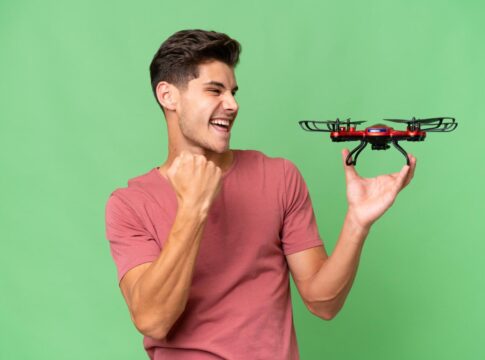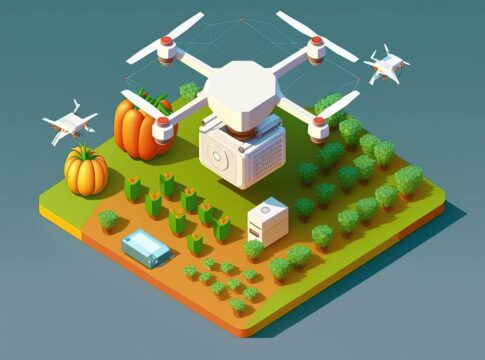Drone delivery for medical emergencies has emerged as a promising solution to improve access to critical supplies in remote or hard-to-reach areas, as well as during urgent situations where timely delivery is crucial. Here are some key aspects of using drones for medical emergency delivery:
-
Rapid Response and Timely Delivery: Drones offer the ability to rapidly respond to medical emergencies by quickly transporting critical supplies, such as medications, blood samples, diagnostic equipment, or defibrillators. Their ability to bypass traffic congestion and navigate through challenging terrains enables faster delivery times, potentially saving lives in time-sensitive situations.
-
Accessibility in Remote Areas: Drones can reach remote or geographically isolated areas where traditional modes of transportation may face difficulties or delays. This is particularly valuable in rural communities, mountainous regions, or islands that lack well-developed infrastructure. By providing efficient and direct delivery, drones bridge the gap in access to healthcare resources and enhance emergency response capabilities.
-
Versatility in Payload Capacity: Drones come in various sizes and payload capacities, allowing them to accommodate different types of medical supplies. Small-sized drones can transport lightweight and compact packages, while larger drones can handle bulkier or heavier payloads. This versatility enables the delivery of a wide range of medical items, catering to specific emergency needs.
-
Improved Supply Chain Efficiency: Implementing drone delivery for medical emergencies can streamline the supply chain and reduce logistics challenges. Instead of relying solely on ground transportation or manned flights, which may be subject to delays or limitations, drones provide a direct and efficient route from the distribution center or hospital to the emergency location. This improves supply chain efficiency and ensures that critical supplies reach the destination without unnecessary delays.
-
Monitoring and Tracking Capabilities: Drones equipped with GPS and other tracking technologies offer real-time monitoring and tracking of the delivery process. This allows medical professionals or emergency response teams to track the location and progress of the delivery, ensuring that the supplies reach the intended destination safely and securely. Monitoring capabilities also provide transparency and accountability throughout the delivery process.
-
Safety and Regulatory Considerations: Ensuring safety is paramount when deploying drones for medical emergency delivery. Compliance with aviation regulations, airspace management, and collision avoidance systems are crucial to mitigate potential risks. Collaboration with regulatory authorities, emergency services, and local communities is essential to establish guidelines and protocols that govern the safe and responsible use of drones in emergency situations.
-
Integration with Existing Emergency Response Systems: Drone delivery for medical emergencies should be integrated into existing emergency response systems. This includes collaboration with emergency medical services, hospitals, and healthcare providers to establish protocols for requesting and coordinating drone deliveries. Seamless integration ensures effective communication, efficient workflows, and optimized response times.
While drone delivery for medical emergencies shows great potential, it is important to address operational challenges, regulatory frameworks, and public acceptance. Ongoing research and collaboration among drone manufacturers, healthcare providers, and regulatory bodies are crucial to ensure the safe and effective implementation of this technology in emergency situations. By leveraging the capabilities of drones, medical emergency delivery can be significantly improved, enabling faster access to critical supplies and ultimately saving lives.








